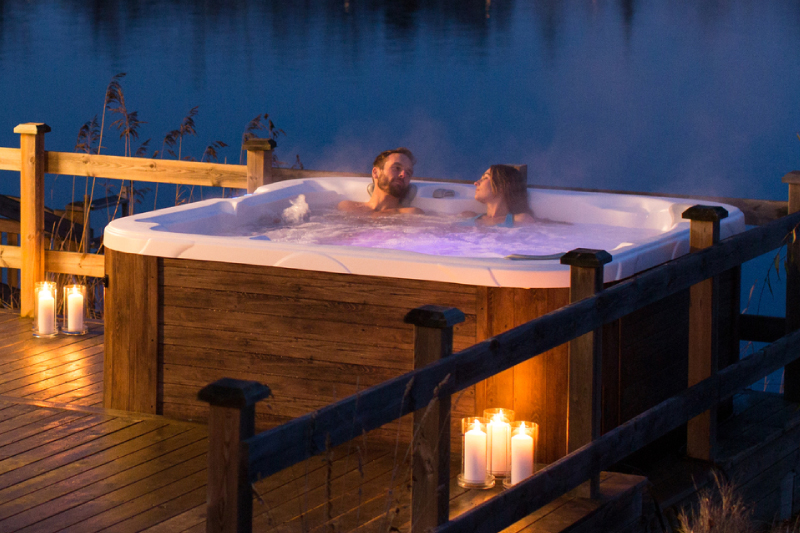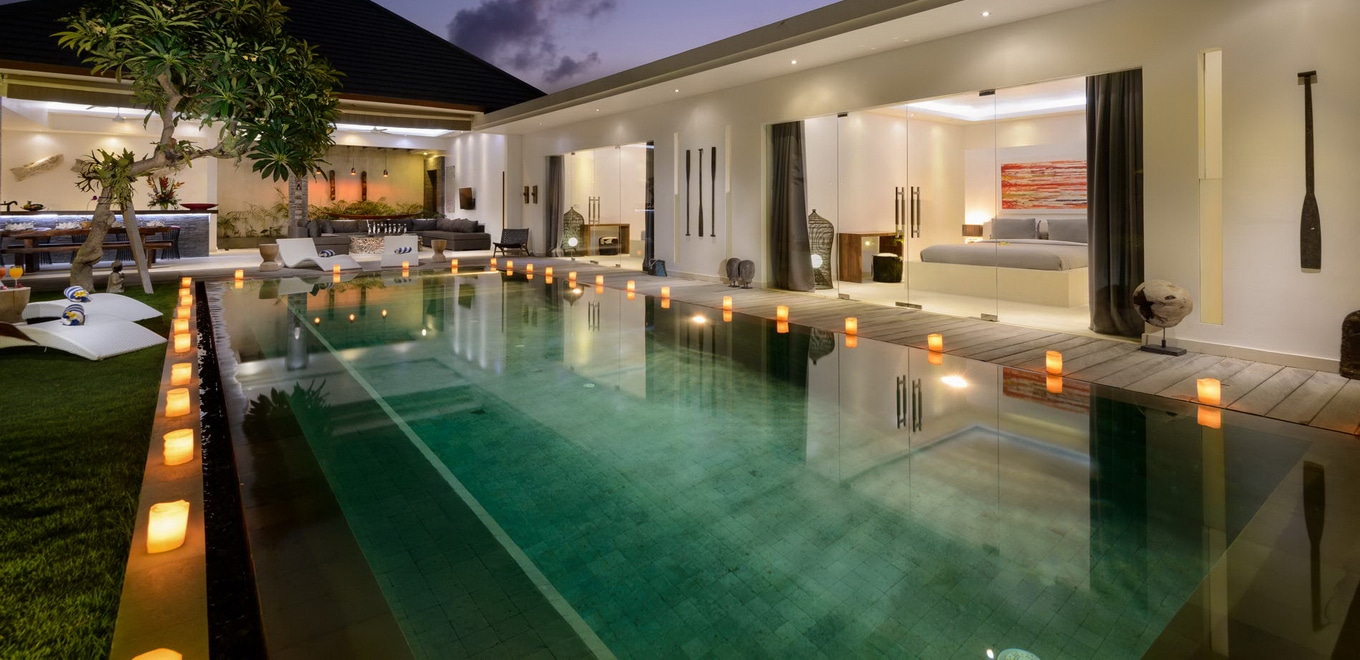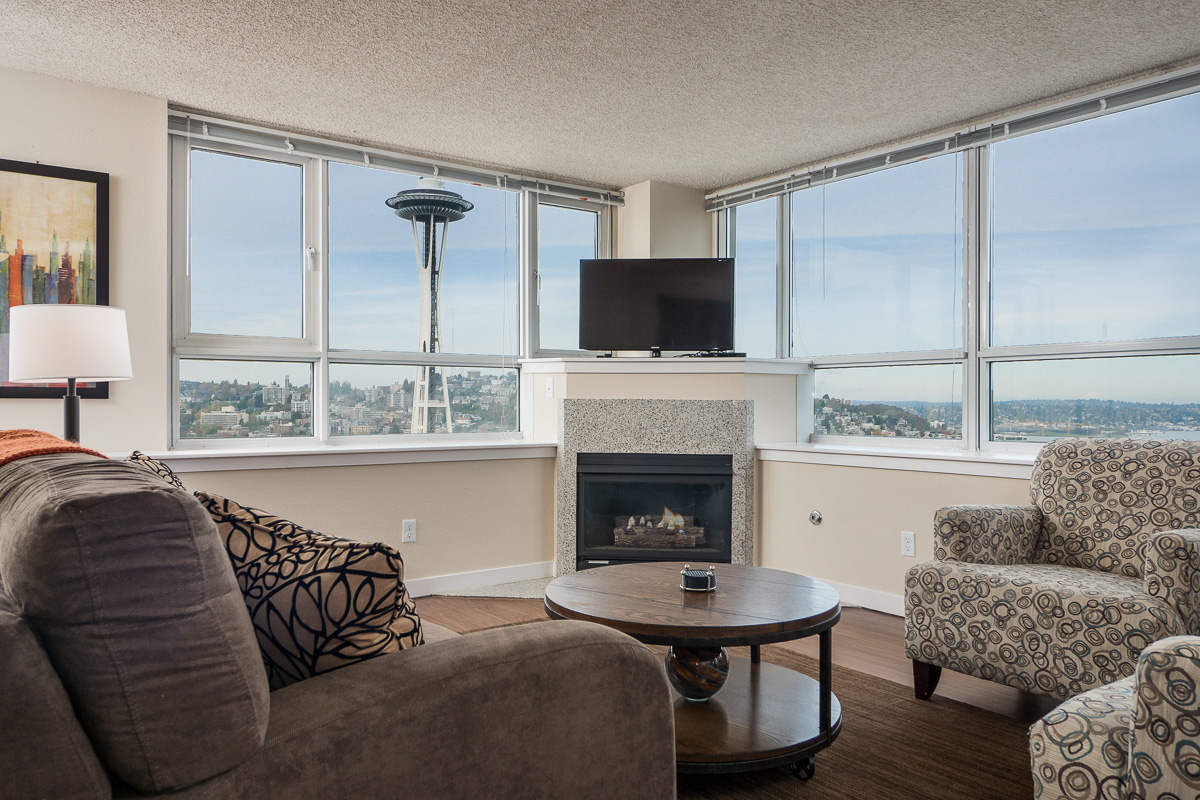How Does a Historic Mansion Become a Modern Luxury Stay?
In cities across the U.S., historic mansions are undergoing remarkable transformations—from crumbling relics of the past into sophisticated, high-end accommodations. But how exactly does this evolution take place? How can a structure once built for early 20th-century living offer all the amenities and design-forward touches that today’s travelers expect? The answer lies in a careful blend of preservation, creativity, and modern hospitality.

Content
Respecting the Bones of the Past
The first step in reimagining a historic mansion is understanding and preserving its architectural integrity. These homes often boast unique craftsmanship—like detailed crown molding, hardwood floors, hand-carved staircases, and ornate fireplaces. Rather than erase these elements, developers carefully restore them, cleaning up damage while letting the historic character shine through.
Preservation isn’t just aesthetic; it’s also about honoring the story of the building. Many of these properties have deep roots in their communities. By maintaining key architectural features, the transformation pays homage to the original designers and residents.
Modern Comforts Behind Classic Walls
Once the foundation is respected, modern upgrades begin to take shape. Luxury travelers today expect certain standards—high-speed Wi-Fi, spa-quality bathrooms, plush bedding, and climate control. The challenge is integrating these features seamlessly into an older structure without sacrificing charm.
Designers often hide modern infrastructure within the existing footprint—recessed lighting, smart thermostats, and soundproofing materials are tucked behind plaster walls or under original floors. Meanwhile, bathrooms may be fully gutted and rebuilt with heated tile, walk-in showers, and high-end finishes.
A Curated Guest Experience
Whereas traditional hotels prioritize uniformity, boutique accommodations in historic mansions offer a more curated and personalized feel. Each room is often uniquely designed, reflecting a balance between old and new—original mantels paired with contemporary art, antique mirrors above modern vanities, or vintage-inspired wallpaper offset by sleek furniture.
Public spaces also play a critical role. Restored parlors become cozy lounges, former libraries are transformed into game rooms or reading nooks, and formal dining areas may become snack bars or communal breakfast spots. These spaces offer a home-like warmth that large hotels can’t replicate.
Thoughtful Technology Integration
Contactless check-ins, smart locks, app-based concierge services—these features are becoming essential in the luxury hospitality sector. Historic mansions are being upgraded with the latest technology to ensure convenience without sacrificing ambiance.
While the exterior may suggest a different era, the experience is fully 21st century. Guests can expect the ease of modern travel combined with the soul of a bygone time.
Experience It for Yourself
Transforming a historic home into a luxury destination requires more than just a renovation—it’s a reimagining of space, purpose, and guest experience. If you’re curious what this transformation looks like in real life, consider booking a stay at a boutique hotel that has perfected this balance. You’ll find yourself surrounded by history while enjoying all the comforts of modern living.

This author’s life has been an adventure. He has visited over 30 countries, and lived in four different states. He is a traveler at heart, but he also loves exploring the outdoors on his bicycle or hiking with his canine companion.














![The Impact of Hotel Reviews on the Hospitality Industry [Infographic] The-Impact-of-Online-Reviews-on-the-Hospitality-Industry-Infographic-649x356](https://usefultravelsite.com/wp-content/uploads/2016/08/The-Impact-of-Online-Reviews-on-the-Hospitality-Industry-Infographic-649x356.jpg)








